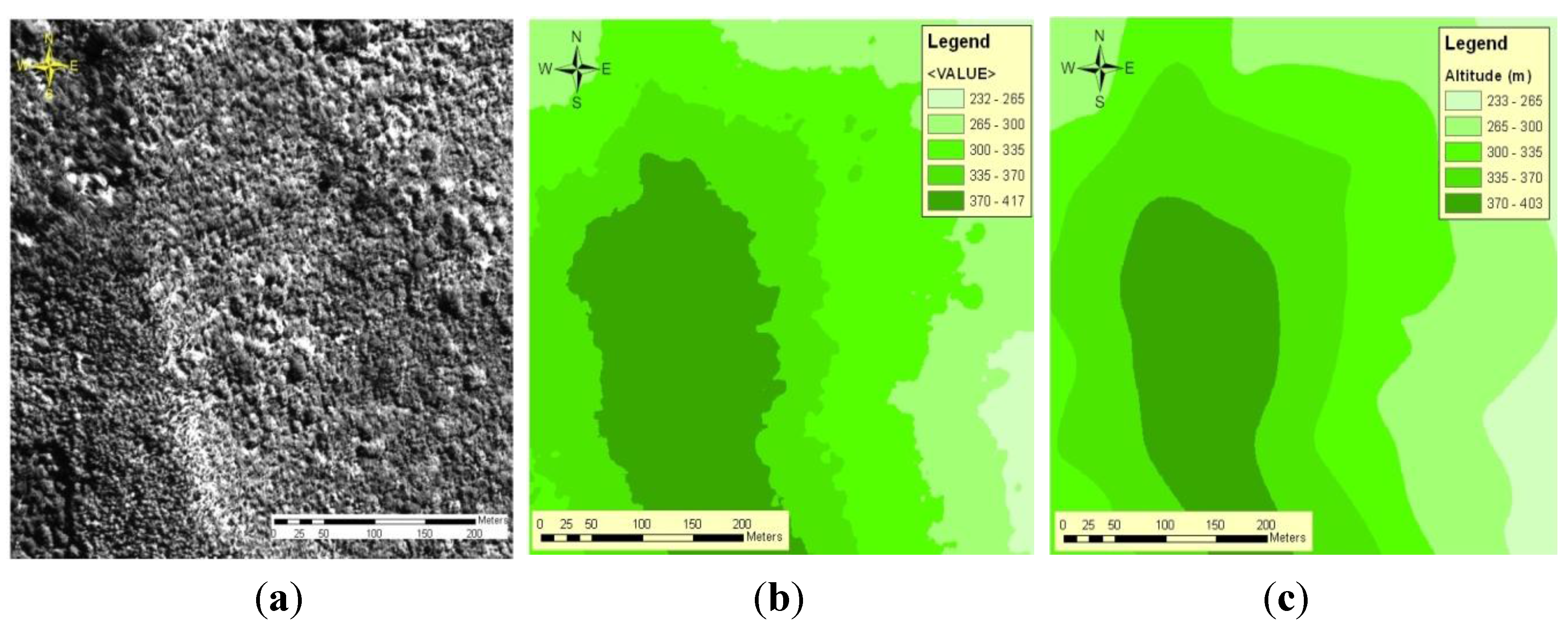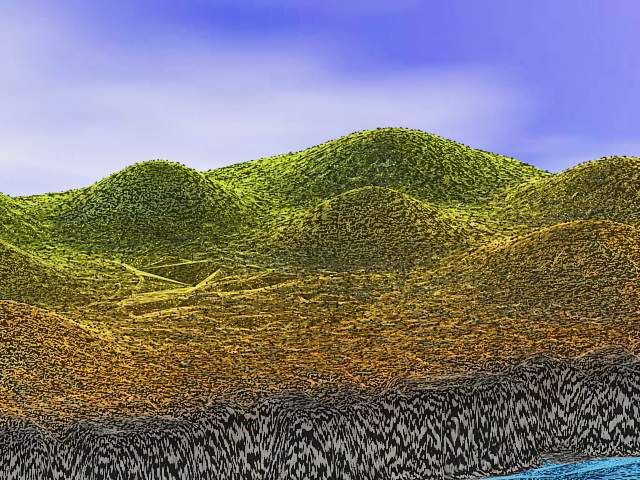


Terminal moraines in Siikala, Karkkila, as seen on the (a) topographic map, (b) DEM25, and (c) DEM2 by the National Land Survey of Finland.įigure 4. However, the quality and level of detail in DEMs based on airborne laser scanning are superior compared with the previous generation DEMs.įigure 3. The new generation country-wide DEMs are typically produced by using airborne laser scanning, but on a global scale, DEMs based on map data will still be used concurrently for the foreseeable future. They are used for ortho-rectification of aerial photographs, cartographic representations, 3D visualisations, geomorphological, biogeographical, hydrological, and hydraulic analyses and models, water management, analysis of landscape dynamics, climate and climate impact studies, geological applications, agriculture and forestry applications, palaeogeographical mapping, visibility analyses, road and dam planning, cut-and-fill analysis, automatic drainage basin delineation, flood risk analysis, planning of telecommunication networks, and geophysical modelling, among many other uses and applications.ĭEMs available in Finland are DEM2 (2 m grid) based on airborne laser scanning, and DEM10 (10 m grid), DEM25 (25 m grid), and DEM200 (200 m grid) based on contours and other elevation related data of the Topographic database all created by the National Land Survey of Finland. Ravines on clay deposits in Siuntio, as seen on the (a) topographic map, (b) DEM25, and (c) DEM2 by the National Land Survey of Finland.ĭEMs are considered as very significant geospatial datasets due to the versatile possibilities for using them. Glaciofluvial ice-marginal formation and littoral deposits at the First Salpausselkä, Lohja, as seen on the (a) topographic map, (b) DEM25, and (c) DEM2 by the National Land Survey of Finland.įigure 2. Nowadays, since airborne laser scanning has become general in DEM production, storage and visualisation of elevation data are truly separated for the first time in the history of cartography.įigure 1. In this process, some details of the topography are removed, while other forms are intentionally over-emphasised.



 0 kommentar(er)
0 kommentar(er)
